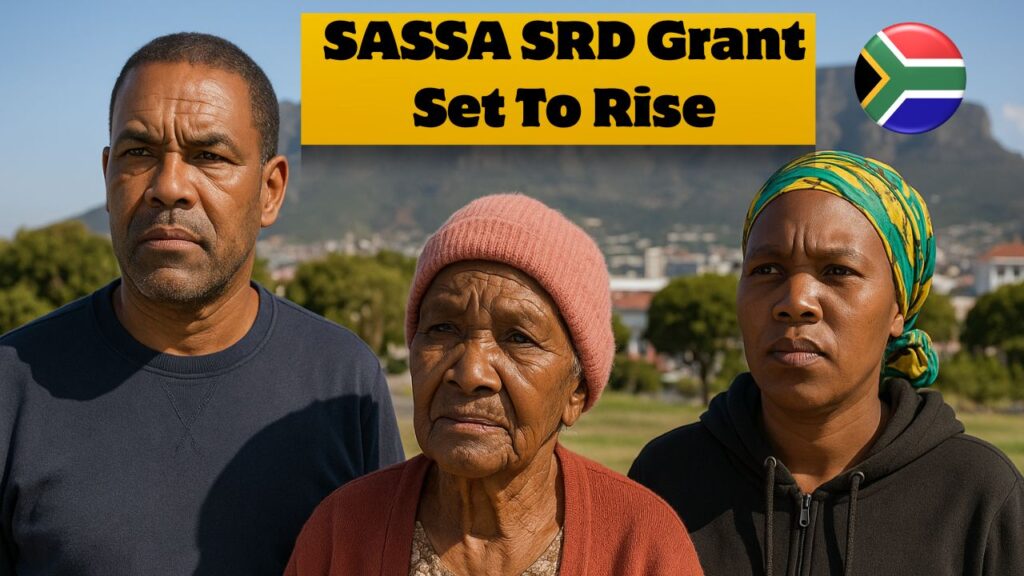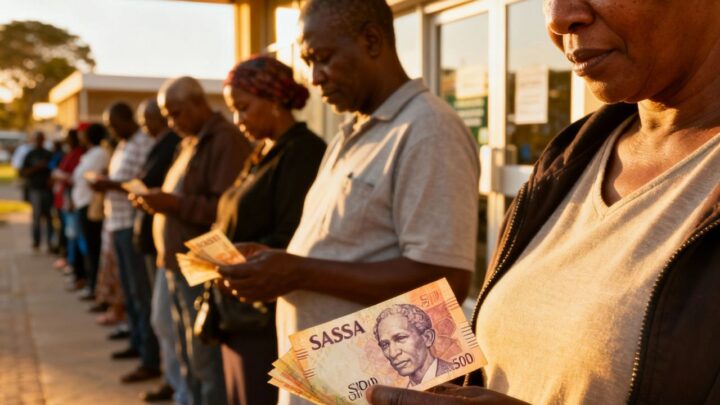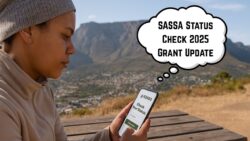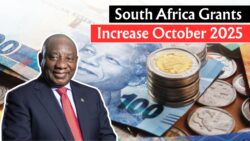South Africans receiving the SASSA SRD grant may soon see a welcome increase in their monthly payments. A new Treasury report has hinted that a possible adjustment could arrive before December 2025 to help millions of low-income citizens cope with inflation and rising living costs. The potential raise would aim to strengthen financial support for vulnerable groups, including unemployed adults and those still struggling after pandemic recovery. While official confirmation is yet to be announced, the discussions suggest a boost in SRD funds that could bring major relief across South Africa’s poorest communities.

South African Treasury Confirms SASSA SRD Payment Review 2025
The National Treasury of South Africa recently revealed that an SRD grant review is underway, focusing on increasing the R370 monthly amount to align with inflation. This move aims to ensure that beneficiaries can maintain a basic standard of living despite soaring food and transport prices. Reports suggest that the new payout adjustment may fall between R410 and R450, depending on fiscal space and economic growth. Treasury officials have confirmed that the review will be finalized before December 2025, marking one of the largest updates to the Social Relief of Distress (SRD) program since its introduction in 2020.
Expected New SRD Grant Amounts and Implementation Across South Africa
Analysts believe that the revised SRD grant amount will provide much-needed relief for nearly 9 million beneficiaries nationwide. The government is considering a gradual rollout to ensure financial sustainability and avoid disruption in other welfare programs. The increase is part of South Africa’s broader poverty reduction plan aimed at empowering unemployed citizens through better financial access. If approved, the new rates could take effect from November or December 2025, depending on final Cabinet approval. Beneficiaries are encouraged to keep their SASSA information updated to ensure smooth payment transitions once the hike is officially implemented.
Comparison of Current and Proposed SRD Payouts 2025
The following table summarizes the potential SRD payment increase expected later this year, showing how much South Africans may receive after the Treasury’s final decision. It highlights the projected uplift percentage and expected rollout timeline. Although these figures are not yet confirmed, they provide an idea of what to expect if the economic outlook remains positive and the government finalizes budget allocations in time for the festive season.
| Category | Current Amount (2024) | Proposed Increase (2025) | Expected Effective Date |
|---|---|---|---|
| SRD Grant (General) | R370 | R420 | December 2025 |
| Unemployed Youth | R370 | R430 | November 2025 |
| Single Parents | R370 | R440 | December 2025 |
| Rural Beneficiaries | R370 | R410 | December 2025 |
| Disabled Individuals | R370 | R450 | December 2025 |

Impact of SRD Payment Increase on South African Families
An increase in the SASSA SRD grant would have a significant impact on households struggling with unemployment and food insecurity. Many families rely solely on this payment for essentials like groceries, electricity, and transport. A boost from R370 to around R450 would mean hundreds of extra rands each month, easing daily burdens for millions. Economists say this adjustment could also stimulate local economies by increasing spending power in rural and township areas. As discussions continue, South Africans are eagerly awaiting official confirmation from SASSA and the Department of Social Development before year-end.
Frequently Asked Questions (FAQs)
1. When will the new SASSA SRD increase take effect?
The SRD increase is expected to be implemented before December 2025, pending Treasury approval.
2. How much will the SRD grant increase by?
Reports suggest the grant may rise from R370 to between R410 and R450 per month.
3. Who will benefit from the SRD increase?
All eligible South Africans currently receiving the R370 SRD grant will benefit from the hike.
4. Is the SRD payment increase confirmed by the government?
It has not yet been officially confirmed, but Treasury discussions indicate a strong likelihood of approval.






